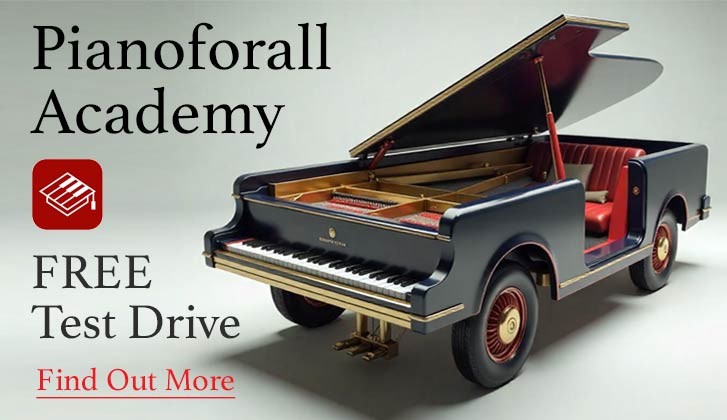Want to Learn Jazz Piano? Start with These Tried-and-Tested Books
If you’re searching for the best way to learn jazz piano—whether you’re a complete beginner or brushing off the keys after years away—these jazz piano books offer some of the most helpful, inspiring, and practical approaches available. From swing and blues progressions to left-hand voicings and improvisation techniques, each book on this list brings something valuable to the table. And while some require basic or intermediate sight-reading skills, the payoff is well worth it.
Recommended Jazz Piano Books
The Jazz Piano Method – by Jean Robur
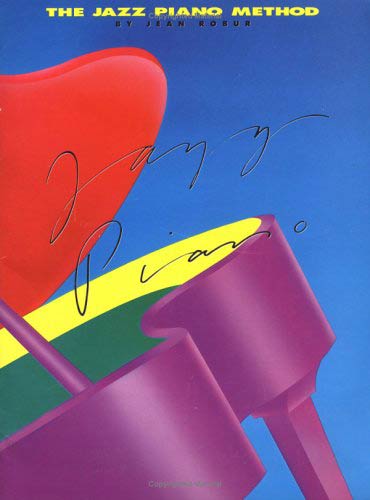 Level: Beginner to Advanced (basic sight-reading required)
Level: Beginner to Advanced (basic sight-reading required)
This book is worth buying for the jazz chord progressions alone. It starts off gently, easing you in like a beginner, then suddenly throws you into the deep end with more advanced concepts. Don’t let that put you off—it’s a book you’ll return to many times over the years as your playing improves.
Jazz Keyboard Toolbox – by Bill Cunliffe
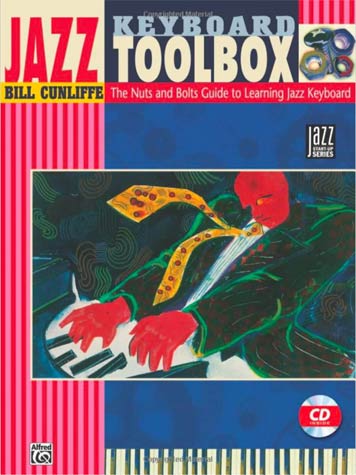 Level: Beginner to Intermediate
Level: Beginner to Intermediate
This is a fantastic book for learning three-note left-hand voicings, which are essential in jazz. It includes simple yet effective blues and jazz pieces that sound great without being overwhelming. Great for developing both technique and musicality.
Exploring Jazz Piano & Exploring Blues Piano – by Tim Richards
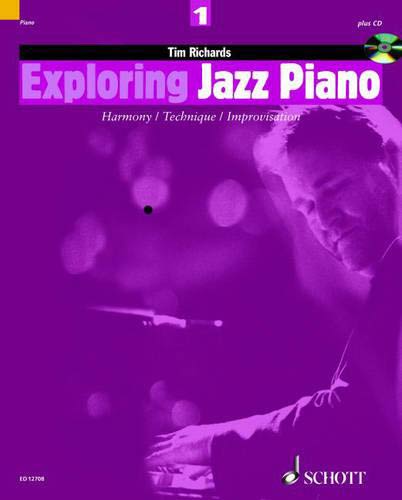
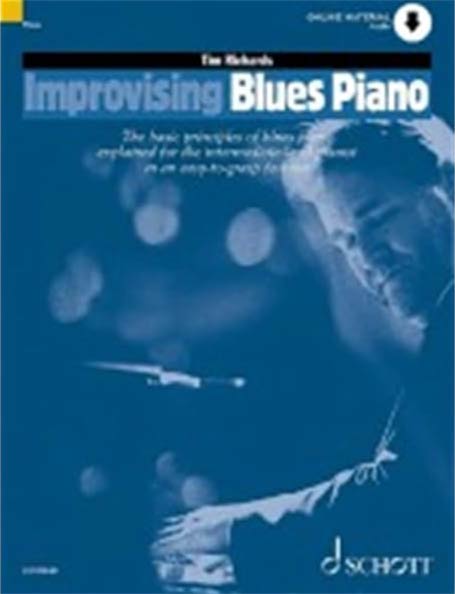 Level: Intermediate (solid sight-reading recommended)
Level: Intermediate (solid sight-reading recommended)
These two books are practically mini-courses in themselves. They offer a structured, step-by-step approach to jazz piano, complete with exercises, theory, and listening suggestions. Ideal if you’re looking to deepen your understanding of jazz harmony and develop improvisational skills.
Cool Jazz – from the Jazz Piano Solos Series
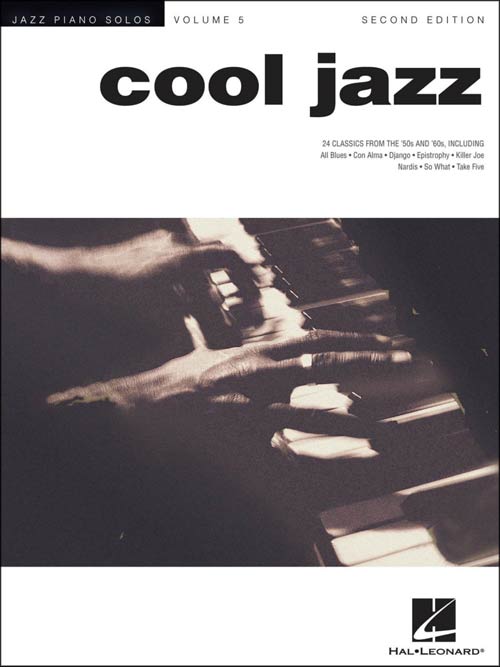 Level: Intermediate
Level: Intermediate
Features stylish arrangements of classics like So What, Blue in Green, and a playable version of Take Five. These are interpretations—not transcriptions—but they capture the feel of cool jazz piano beautifully. A fun book to explore once you’re comfortable with chords and jazz rhythms.
Blues Hanon / Jazz Hanon
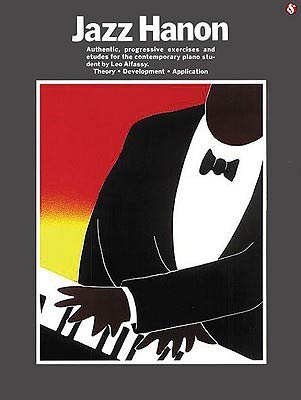
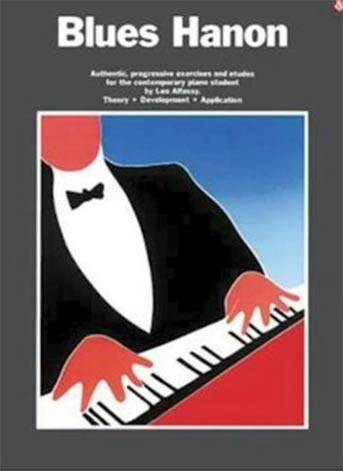 Level: Beginner to Intermediate
Level: Beginner to Intermediate
These might look like old-school exercises, but don’t judge the book by its cover. The patterns are surprisingly useful for building jazz technique and finger independence, all while keeping things rooted in blues and jazz flavor. Great for warming up or working on speed and agility.
Want to Learn Jazz Piano Without Reading Sheet Music?
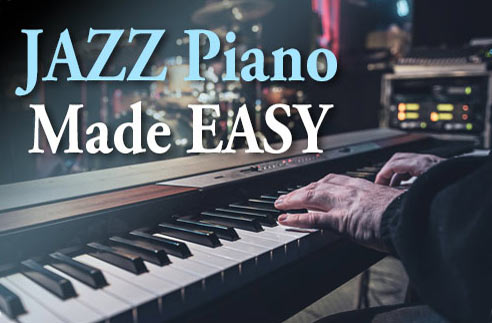 If you’d rather learn jazz piano by ear, check out Pianoforall which will teach you the core styles of jazz, blues, and pop piano without relying on sheet music—perfect for adult learners who want to sound good quickly and build confidence.
If you’d rather learn jazz piano by ear, check out Pianoforall which will teach you the core styles of jazz, blues, and pop piano without relying on sheet music—perfect for adult learners who want to sound good quickly and build confidence.
Key Takeaways
- For beginners: Start with Jazz Keyboard Toolbox or Blues Hanon
- For theory + progression lovers: Go with The Jazz Piano Method
- For serious students: Exploring Jazz Piano is challenging but rewarding
- For fun & feel: Cool Jazz is a stylish addition to your practice
Pair your books with the right instrument: keyboard buying guide.


